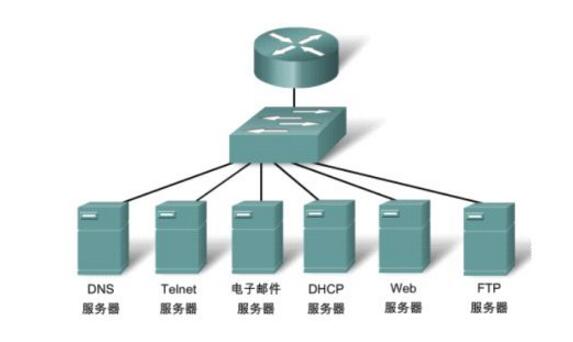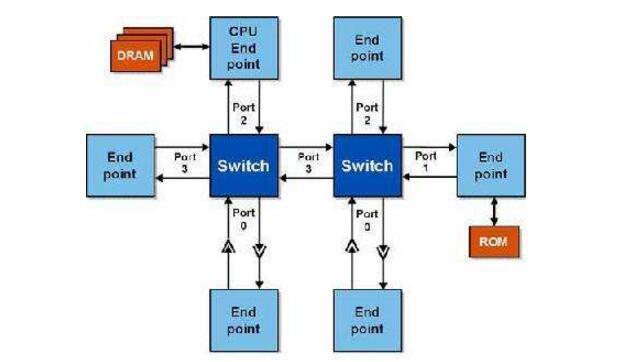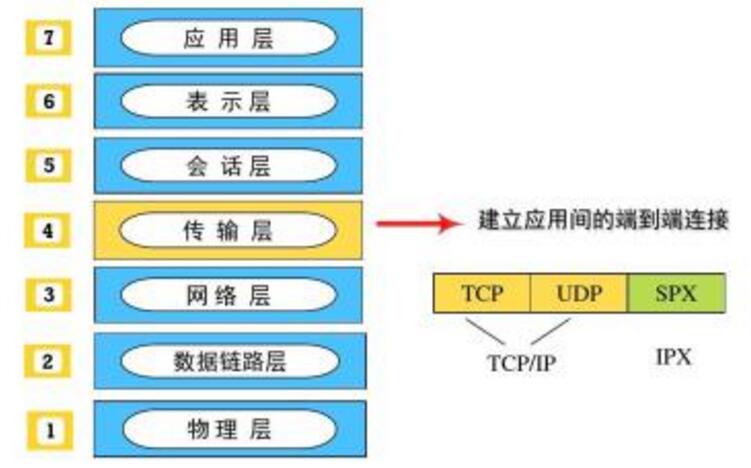The **Transport Layer** is the fourth layer in the ISO/OSI model, responsible for end-to-end communication between two devices across a network. It acts as the first level of reliable communication between two computers, offering a buffering mechanism to manage data flow. When the network layer doesn't provide sufficient quality, the transport layer enhances it to meet higher-level requirements. However, if the network layer performs well, it only requires minimal processing. Additionally, the transport layer can create multiple logical connections over a single network connection, enabling multiplexing.
This layer ensures transparent data transfer between end users and provides reliable services to the upper layers. It manages traffic control, segmentation, reassembly, and error handling on a given link. Some protocols are connection-oriented, meaning the transport layer tracks data segments and retransmits any that fail to arrive correctly.

**Key Functions of the Transport Layer:**
1. **Segmentation and Reassembly:** Breaking down large data into smaller segments for transmission and reassembling them at the receiving end.
2. **Addressing via Port Numbers:** Identifying which application or service should receive the data using port numbers.
3. **Connection Management:** Establishing, maintaining, and terminating connections between devices.
4. **Error Control and Flow Control:** Detecting and correcting errors, ensuring data arrives in the correct order without loss or duplication.
The transport layer guarantees reliable communication by preventing issues such as packet errors, delays, out-of-order delivery, and data repetition. It ensures that data is delivered accurately and efficiently between two endpoints.

**Types of Transport Layer Services:**
The transport layer serves as the middle layer between the lower three network layers and the upper three application layers. It bridges the gap between what the upper layers require and what the network layer can provide. It also hides the complexity of the underlying communication network from high-level applications, allowing users to see only a reliable, controllable end-to-end data path.
Transport services are typically divided into two types:
- **Transport Connection Service:** For each session-layer request, the transport layer must establish a corresponding connection at the network layer.
- **Data Transmission Service:** Focuses on providing reliable, connection-oriented communication. It includes flow control, error control, and sequence control to ensure messages are transmitted without errors, loss, duplication, or disorder.

**Functions of the Data Link Layer:**
The data link layer provides a reliable data transfer service to the network layer. Its main responsibilities include:
1. **Establishing, managing, and terminating link connections.**
2. **Frame Delimitation and Synchronization:** The data unit at this layer is a frame, and frames must be clearly defined regardless of protocol or interface.
3. **Sequence Control:** Managing the order in which frames are sent and received.
4. **Error Detection and Recovery:** Using techniques like cyclic redundancy checks (CRC) and square matrix codes to detect errors. Frame loss is detected using sequence numbers, and errors are typically corrected through retransmission mechanisms.
Additionally, the data link layer handles flow control, link identification, and other important functions to ensure smooth and accurate data transfer between devices.
Hydraulic AC motor refers to the AC motor used in the hydraulic system, mainly used to drive hydraulic pumps or other executive components. The AC motor uses alternating current as the power source, and has the advantages of simple structure, low manufacturing cost and long service life .
Wuxi Jinle Automobile Motor Factory , https://www.wxjldj.com
